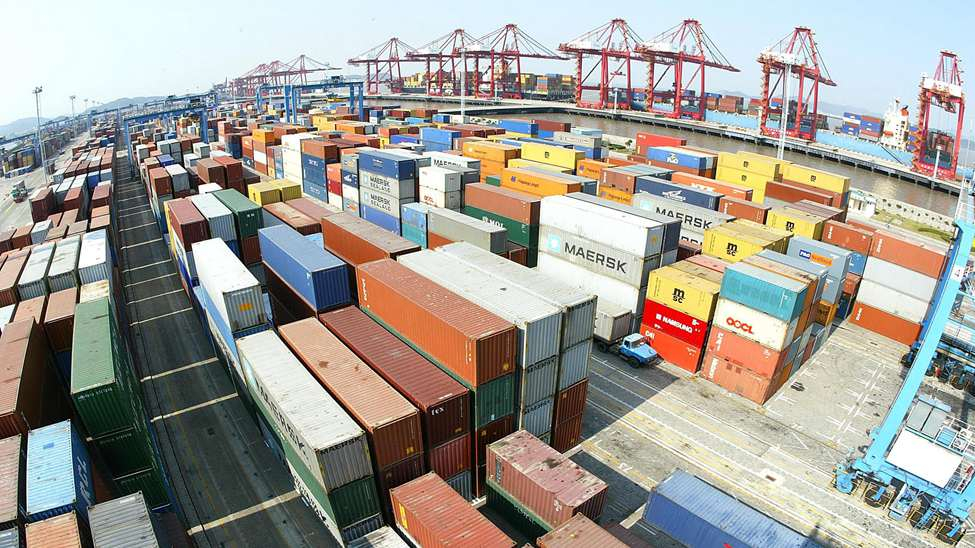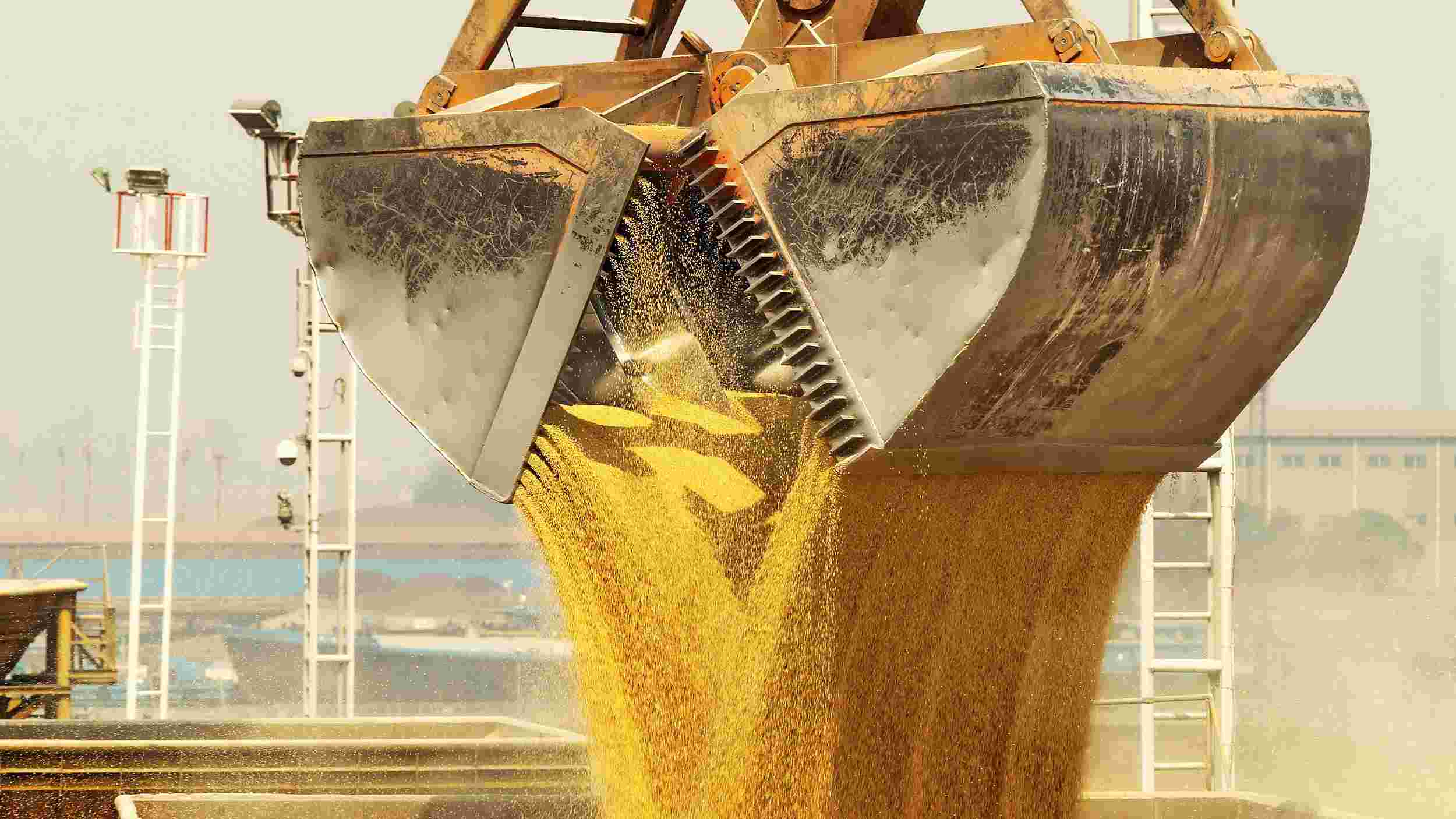
China has decided to suspend the planned additional tariffs on some U.S. products that were scheduled to take effect on December 15 on Sunday, after agreeing on the text of a phase one economic and trade agreement with the United States.
Some scholars have touted the phase one deal as a major boost to the global economy and capital markets, while others voiced caution before the details of the agreement are known and the two sides make further progress.
Visible benefits from the deal
"China-U.S. trade frictions have hammered the global economy more than a year, especially the trade and the stock market of two countries. The world economy and the capital market now, however, will greatly benefit from the phase one deal," Yang Delong, chief economist of Shenzhen-based First Seafront Fund told the Economic Daily, one of major economic newspapers in China, and was much optimistic about the market performance next week.
"The trade war has prompted certain Chinese companies to develop in a more independent way and accelerated the industrial upgrading of China. And the deal will reduce external risks and further have a positive impact on the capital market," cited Chen Li, managing director of Beijing-based Chuancai Securities Research Institute by the Economic Daily.

Official data showed the export of high-tech products of China in October reached 491.7 billion yuan (about 70.5 billion U.S. dollars), 4.42 percent higher than September.
Ma Tao, chief strategist at Bank of Communications Schroder Fund Management, also agreed that "the deal will help stabilize the global economy and improve the expectation of the Chinese fund market, and gradually reducing tariffs will help bring related production and trade back on track," according to the Economic Daily
Prudent attitudes about the deal
WTO former Director-General Pascal Lamy told CGTN that over the past year, the trade spat between China and the U.S. brought huge damage to China, the U.S. and the world economy, so the content of this phase one document is quite limited compared to the damage done.
The main issues remain still need to be addressed with the growing competition between the world's two largest economies.
Robert Brusca, FAO Economics Chief Economist, also said the devil is in the details and they've yet to be made public. "So, you know, I think that you have to look at the deal for what it is. I think it is a deal. I think that both sides are making progress from moving back toward a fairer free trade environment."
Wu Xinbo, director of Fudan University's Center for American Studies said that "at this moment, it looks like the road (towards the eventual trade deal) is still long." He believes political will in both countries will ultimately determine the outcome of the trade negotiations.
Wu concurs that there are a multitude of conflict points between China and the United States. Even as the economic conflict dials down, other areas are flaming up. Next year's leadership election in Taiwan is set to be a hotspot for the China-U.S. bilateral relationship, he says. "It is not a question of when, but a question of whether a successful second phase negotiation is possible."